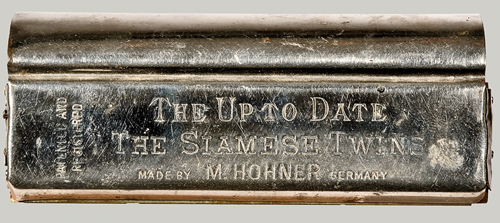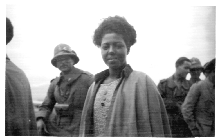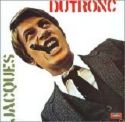 Since I’m in a serious funk over the astonishing increases in inequality that define our age, it seems like a good time to feature the seriously funky legacy of England’s two-tone rebel soul pioneers, The Equals. The biracial group of native Brits and immigrants from Jamaica and Guyana, formed in North London in 1965, has been described by musician and ska expert Marco on the Bass as the first “real” two-tone band, paving the way for the Specials, Selecter and other integrated bands in ska’s second wave. Although the Equals drew from ska, they incorporated many other influences, including pop, garage rock, psychedelia, soul, and funk.
Since I’m in a serious funk over the astonishing increases in inequality that define our age, it seems like a good time to feature the seriously funky legacy of England’s two-tone rebel soul pioneers, The Equals. The biracial group of native Brits and immigrants from Jamaica and Guyana, formed in North London in 1965, has been described by musician and ska expert Marco on the Bass as the first “real” two-tone band, paving the way for the Specials, Selecter and other integrated bands in ska’s second wave. Although the Equals drew from ska, they incorporated many other influences, including pop, garage rock, psychedelia, soul, and funk.
Those who know the Equals’ guitarist and main songwriter Eddy Grant as the dreadlocked pop-reggae singer who recorded “Electric Avenue” (written in reaction to a 1981 Brixton riot) might be surprised to see him with the Equals, sporting dyed blond hair and sometimes playing fuzzy psychedelic guitar as if his life depended on it. Growly Derv Gordon, not Grant, served as the band’s lead vocalist, and the band continued after Grant, weakened by serious illness, quit and returned to Guyana in 1971. But the band’s peak period ended with Grant’s departure.
The Equals’ two signature songs are probably best known as covers. The infectious “Baby Come Back,” which received a lighter treatment in Pato Banton/ UB40’s 1994 hit version, is concise and compressed enough to remind me of one of Grant’s heroes, Chuck Berry. The hard-charging “Police on My Back” fit so seamlessly into the Clash‘s repertoire on its sprawling 1981 album Sandinista! that most listeners assumed it was a Clash original. But the Equals’ original version packs almost the same wallop, with a little extra dose of sweet soul.
The Equals, “Baby Come Back”
The Equals, “Police on My Back”
When the Equals are mentioned at all, it often seems to happen after some major protest in which England’s youth take to the streets–most recently in Salon, which offered the band’s work as the soundtrack to a burning London. It’s true that by the late sixties and early seventies, the Equals offered some compelling slices of politically charged psychedelic soul (“Black Skin Blue Eyed Boys,” “Equality,” “Stand Up and Be Counted”). Yet the Equals weren’t close to being politicians, and their love songs hold up as well as their fight songs. They would deserve to be heard even if the streets of London became perfectly quiet.
The Equals, “Black Skin, Blue Eyed Boys”
The Equals, “Equality”





 Sometimes the simplest music hits you like a ton of bricks. Somewhere between Chopin and Sun Ra (in his more pensive moments) lie the gorgeous etudes of 87-year-old Ethiopian nun
Sometimes the simplest music hits you like a ton of bricks. Somewhere between Chopin and Sun Ra (in his more pensive moments) lie the gorgeous etudes of 87-year-old Ethiopian nun 



 I enjoy cathartic, noisy racket as much as just about anyone, but there are times when I just need music to transport me breathlessly and rapturously to a magical place I’d never see on my own. As a little kid with a homemade cardboard rocket, I remember hearing Julie London’s version of “
I enjoy cathartic, noisy racket as much as just about anyone, but there are times when I just need music to transport me breathlessly and rapturously to a magical place I’d never see on my own. As a little kid with a homemade cardboard rocket, I remember hearing Julie London’s version of “